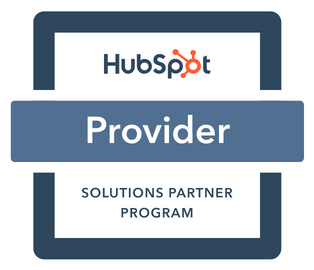Australia has become the world’s most AI-engaged nation, with over 38 million searches using tools like ChatGPT and Gemini—that’s 1.42 AI queries per person. As AI-powered platforms like Google’s AI Overviews now appear in around 10% of all Australian search queries, user behaviour is shifting rapidly. Australians aren’t just searching—they’re expecting instant, summarised answers, and often get what they need without clicking on any website at all.
For marketers, this represents both a challenge and a major opportunity. Traditional SEO focused on SERP rankings is no longer enough. Generative Engine Optimisation (GEO), the practice of optimising your content to be cited and summarised by AI models, is now essential for staying visible. With AI shaping everything from how customers research solutions, to how they compare vendors, to how they ask questions in natural language, brands must evolve or risk becoming invisible in this new landscape.
And while the AI boom is global, the implications are local: Australian businesses, educators, and marketers are early adopters, already using ChatGPT, Copilot, and Canva AI to create content, streamline work, and personalise experiences. If you want your brand to show up in the responses these tools generate, GEO is your new competitive advantage.
What is Generative Engine Optimisation?
GEO is the practice of optimising your content and technical SEO so it’s easily understood, referenced, and cited by generative AI models. Unlike traditional SEO that focuses on rankings and backlinks, GEO prioritises clarity, factuality, contextual depth, and semantic structure, giving AI models what they need to summarise and serve your content.
GEO vs Traditional SEO
| Traditional SEO | Generative Engine Optimisation (GEO) |
|---|---|
| Focus on SERP rankings | Focus on AI-generated visibility |
| Targeting human readers | Targeting AI models as intermediaries |
| Relies on keywords and backlinks | Relies on factual clarity and structure |
| Outcome: Clicks | Outcome: Mentions in AI responses |
Why GEO Matters in 2025 and Beyond
5 Key Elements of Generative Engine Optimisation
1. Content Optimisation for AI Understanding
-
- Clear, well-structured, factually accurate content
-
- Scannable headings, bullet points, and simplified summaries
-
- Semantic structure using schema and markup
2. Contextual Alignment
-
- Ensure the content reflects brand authority within its niche
-
- Use internal links and structured metadata to help AIs understand context
3. Brand Citations and AI Mentions
-
- Create content that answers common AI queries within your industry
-
- Build trust through third-party validation and authoritative tone
4. Technical SEO for AI Readability
-
- Optimise crawlability with clear site structure
-
- Implement schema (FAQ, HowTo, Article) to aid AI interpretation
-
- Fast, mobile-first design and minimal code clutter
5. Performance Monitoring
-
- Track mentions of your brand in AI-generated outputs
-
- Monitor how frequently your content appears in tools like Perplexity and SGE
-
- Use tools like Ahrefs to identify intent alignment and keyword gaps
5 Steps to Implement GEO
Implementing Generative Engine Optimisation (GEO) involves a strategic approach to ensure your content is discoverable and favoured by AI-driven search engines. Here’s a step-by-step guide:
1. Understand AI Search Behaviour
Begin by analysing how AI-driven search engines like ChatGPT, Google SGE, and Perplexity AI, etc. present information. Observe the structure, tone, and type of content they prioritise. This understanding will inform how you tailor your content to align with AI preferences.
Example:
Type a customer-style question into ChatGPT like “What’s the best way to reduce business energy costs in Australia?” and observe how the answer is structured. You might find it lists specific strategies, references energy rebates, and uses a concise paragraph format. Use these patterns to model how your own content should be framed for similar queries.
2. Optimise Content for AI Comprehension
Craft content that is clear, concise, and structured. Use headings, bullet points, and summaries to make information easily digestible. Incorporate relevant keywords naturally and ensure the content addresses specific user intents.
Example:
Instead of writing a long paragraph on “how to choose an industrial filtration system,” break it into a bulleted list like:
-
- Consider maintenance intervals and costs
-
- Assess your system’s pressure rating
-
- Match filter media to application (e.g., oil, air, chemicals)
This structure helps AI extract and summarise the content more easily (check out the best tools for GEO content optimisation).
3. Enhance Technical SEO Elements
Ensure your website’s technical aspects support AI accessibility. This includes implementing structured data (schema markup), improving site speed, and ensuring mobile responsiveness. These elements help AI models crawl and interpret your content effectively.
Example:
Add an FAQ schema to your product page that answers, “What industries use cartridge filters?” This markup signals to AI crawlers that your page has structured, fact-based content that can be cited in an AI Overview or featured snippet.
4. Build Authority and Trustworthiness
Establish your brand as a credible source by producing high-quality, well-researched content. Cite reputable sources, include expert opinions, and regularly update information to maintain accuracy. This builds trust with both users and AI systems.
Example:
Create a blog post titled “2025 Trends in Mining Logistics” and cite reliable sources like government reports or industry whitepapers. Include expert commentary from your team. Update the post quarterly to stay current. AI tools prefer fresh, well-sourced content.
5. Monitor and Adjust Strategies
Regularly track how your content performs in AI-generated responses. Use analytics tools to assess visibility and engagement. Based on these insights, refine your content and SEO strategies to enhance performance continually.
By leveraging our early adoption and deep expertise in GEO, Digilari Media ensures your brand not only adapts to the AI-driven search landscape but thrives within it. Explore our GEO services to future-proof your digital marketing strategy.
Future Trends: Where Generative Engine Optimisation (GEO) is Headed
1. AI-First Search Becomes the Norm
Generative AI platforms like ChatGPT, Google Gemini, and Google AI Overviews, etc. are transforming how users seek information, favouring direct, conversational answers over traditional search engine results. Gartner predicts that by 2026, traditional search engine volume will drop by 25% as AI-driven search gains prominence.
2. Multimodal Search Experiences
Search is expanding beyond text to include voice, video, and images. Google’s AI Mode, introduced in March 2025, allows users to input complex, multi-part queries and receive comprehensive, AI-generated responses, supporting multimodal inputs.
3. Emphasis on Authority and Trustworthiness
AI models prioritise content from authoritative and trustworthy sources. Building a strong brand presence and producing high-quality, accurate content are essential for being featured in AI-generated responses.
4. Integration of GEO and Traditional SEO
While GEO focuses on optimising content for AI-generated responses, traditional SEO remains important. Combining GEO strategies with conventional SEO practices ensures comprehensive digital visibility across both AI-driven and traditional search platforms.
5. Emergence of GEO Tools and Services
The rise of GEO has led to the development of specialised tools and services aimed at enhancing content visibility in AI-driven search. Platforms like Ahrefs, Semrush and Profound offer analytics and optimisation solutions tailored for GEO (check out the best tools for GEO content optimisation).
Final Thoughts
As generative AI becomes central to the digital experience, your strategy must evolve. GEO is not a replacement for SEO, but a complementary evolution that expands your visibility into emerging AI-first platforms. Businesses that move early will not just rank — they’ll lead the conversation.





